Mixed-media artwork is a popular form of art in which an artist incorporates different mediums into a single piece of work.
Have you ever tried it?
For example, a popular combination is to combine watercolour and ink because both mediums compliment each other so well.
But you wonder… “How do you paint with watercolour and ink?”
That’s why, in this article, I’m explaining how to get started with ink and watercolour so that you can:
- Learn whether to use watercolour or ink first in your painting
- Understand which ink supplies can be combined with watercolour without bleeding or smudging
- Create your own mixed media artwork using these 2 simple mediums
By the time you’re done reading, you’ll be more than prepared to start creating your own pen and ink and watercolour illustrations.
DISCLOSURE: This page contains affiliate links. If you make a qualified purchase using any of the links, I’ll earn a small commission at no extra cost to you. I appreciate every sale because it allows me to create free content to promote the growth of this website.
Table of Contents
What is Watercolour and Ink?
Watercolour and ink, also known as line and wash watercolour, is a type of mixed-media artwork in which watercolour pigments and ink are combined to create a work of art.
A well-known advantage of watercolour in mixed media art is that it illustrates tonal values by suggesting where light, shadow, and colour appear in a painting.
On the other hand, ink usually takes up the role of defining texture and accentuating details.
As you can see, both mediums serve different creative purposes. For this reason, they compliment each other quite well.
Can You Use Ink with Watercolour?
Yes, you can use ink with watercolour.
However, if you’re new to pen and wash watercolour artwork, then you might be unaware that you can’t use just any ink with your watercolours.
Why?
Because if the ink is not waterproof, it’s going to bleed and smudge when water touches the ink. This will dull the vibrancy of the colours and make the layers less transparent.
Check out this helpful article for more information on how to paint vibrant and luminous layers.
Therefore, it’s best practice to research whether the inking supplies you own are suitable for watercolour.
In other words, the biggest takeaway is to remember that your pen and ink supplies must be waterproof.
Recommended Watercolour and Ink Supplies
Now, let’s have a look at the best art supplies that will set you up for a successful watercolour and ink illustration.
Here’s a list of the best watercolour supplies that I recommend for artists of any skill level:
- Winsor & Newton Cotman (affordable student grade set)
- White Nights Watercolours (affordable artist grade set)
- Black Tulip brushes (affordable synthetic brushes)
- Silver Black Velvet brushes (affordable synthetic/fur blend)
- Arches cold-pressed watercolour paper
And here’s a list of the best pen and ink supplies that I know are waterproof and therefore work well with watercolours:
It should be noted that there are a variety of pen and ink supplies that you can use including fine liners, brush pens, dip pens, and nibs. Experiment with pen and ink tools to discover which ones suit you best.
Note: Always test your inking supplies. To do this, draw lines of various sizes on a piece of paper. Wait for the ink to dry, and then apply watercolour on top. If the ink doesn’t bleed, it’s suitable for pen and ink watercolour paintings.
Is the Ink Waterproof?
When considering which inking tools to use for watercolour and ink paintings, you need to make sure that the ink is waterproof.
Waterproof means that the water can be applied over the ink and the ink will not smudge, bleed, or lose its integrity.
So, if your pen and ink equipment is not labelled as waterproof, then it will smudge to make muddy contaminated colours when you paint over it.
However, beware of any pens or inks that are labelled water-soluble because those inking tools will be partially made of water. This means that the pigment is made to dissolve when water is added to it.
Therefore, stick to water-resistant inks and you’ll be good to go.
Additional qualities that you should look for in your pen and ink supplies are:
- High lightfastness: Meaning the ink will not fade quickly or easily when exposed to light
- Fade-proof: Meaning the ink will retain its dark black appearance without fading into a lighter shade
- Archival: Meaning the ink is permanent and resistant to fading or weathering
Once you’ve determined which pen and ink supplies work best with your watercolours, you must consider one last important factor.
Keep reading to find out more.
What is the Ink’s Drying Time?
When considering which inking tool to use, you need to take into consideration how long it takes for the ink to dry.
If the ink dries super fast, such is the case with Speedball black ink, then you can paint over it with watercolours almost immediately.
However, if the ink takes a while to dry—such as 30 minutes or over an hour—you’ll have to wait longer before you can start painting.
Unless, of course, you apply the ink last. In which case, you won’t have to worry about how long it takes to dry since you won’t be applying watercolour over it.
So, ask yourself these questions before you lay down any ink:
- Is the ink’s drying time long or short?
- Will the ink dry slowly or quickly?
- How much time will I have to wait before the ink dries completely?
Knowing the answers to these questions is important because they will influence how you approach your painting process.
Do You Ink Before or After Watercolour?
So, you’ve probably been wondering whether you should apply watercolour or ink first.
That’s a smart question to ask!
As a whole, it doesn’t matter whether you apply watercolor or ink first. Both are viable methods that will help you achieve different visual results.
In other words, it just depends on how you want to approach your painting.
To illustrate the benefits and drawbacks of starting with watercolour or ink, I’ve created a simple pros and cons chart to inform your creative process.
The Pros and Cons of Applying Ink First
If you decide to lay down the ink before the watercolours, the pros include:
- You can use pen and ink to establish a preliminary sketch
- Applying pen and ink first means the ink will lay down more smoothly
- Pen and ink can be used to create guiding lines or line art that will help you understand where to apply your watercolour pigments
However, the drawbacks of starting with ink include:
- Applying watercolour pigment over the ink will lighten the ink, therefore making it appear lighter and not as dark
- In order to darken the ink, you will have to go over all your pen and ink marks with a second layer, which can be time consuming
Takeaway: In the painting below, ink was added first to create the lighter pine trees in the distance. Then, watercolour was layered on top. After, more ink was added to create the darker pine trees and grass in the foreground. Check out this similar night sky painting tutorial for a step-by-step process.
The Pros and Cons of Applying Ink Last
Conversely, if you decide to lay down ink last, you’ll experience these benefits:
- It’s easier to create dark silhouettes when you apply the ink last
- You will not need to darken your ink with a second pass because the ink will retain its dark opacity when applied on top of watercolours
That being said, there are a few drawbacks from applying ink last:
- The ink does not lay down as smoothly on top of the watercolour pigment, so making fine details can be a bit trickier
- If you don’t wait for the paint to dry completely, you’ll accidentally smudge the watercolours and ruin the painting
Takeaway: In the painting below, the ink was added last so that the silhouette of the lantern would appear dark and bold against the warm, light background.
How to do Watercolour and Ink Drawings
Now that you know which art supplies to use and whether you should apply ink first or last, it’s time to look at how to combine watercolour and ink in a painting.
So, if you’ve wondered how to do watercolour and ink drawings, consider these useful painting tips to help you navigate this kind of mixed media artwork.
Although this isn’t a complete pen and ink watercolour tutorial, you can easily apply these tips and strategies to your own artwork.
And here are my best tips for applying watercolour:
- Keep in mind that watercolour is a transparent medium. So make sure you paint in layers so that the transparent quality of the pigments shines through the previous layers
- Make sure your pigments are diluted and not too thick. Remember, you’re painting with watercolours, not acrylics or oil. As such, a thinner consistency is needed
- Remember that applying washes over ink is likely going to lighten the ink to a certain degree. So you may have to go over the ink to darken it
- Always wait for the ink to dry before you add watercolour on top of it
Related: 15 Expert Watercolour Hacks Thay’ll Make Your Life Easier
So here are my best tips for applying pen and ink:
- For greater accuracy, start by sketching your subject matter with a pencil. Draw loosely from the arm and double check the proportions. If you make a mistake, erase the errors and correct them before you begin inking
- If you start with pen and ink, make sure that you are confident in your pen and ink application because the permanent ink will be trickier to fix if you accidentally make a mistake
- To create more visual interest with your ink, use a variety of different line widths ranging from super thick to very thin. Break the lines and add stippling or hatch marks to creature texture
- Add thicker lines in places where you want to accentuate the shape, form, or shadow of an object. Conversely, apply thinner lines in places where the light is shining or where gravity is having a lesser pull on the subject matter
- It’s easy to get carried away with detailing, so start off lighter and gradually build up the detail with your ink
- If you applied watercolour first, always wait for the paint to dry before you apply the ink on top of the paint
Conclusion
Now that you understand the fundamentals of working with watercolour and ink, it’s time to create a painting of your own using line and wash techniques.
There are many mixed media art styles. Some artists love combining pen and ink with watercolour to create flowers, animals, doors, etc.
Personally, I like creating landscapes. So what subject matter will you explore?
If you want more art inspiration, feel free to look up artists who use watercolour and ink in their artworks.
Creating this kind of mixed-media artwork is fun because instead of sticking to one medium, you can experiment with multiple at once.
But that means you must have fundamental art skills in both painting and drawing.
So if you’re a watercolour artist who hasn’t learned the fundamentals of drawing yet, I encourage you to check out this blog post to learn why watercolourists should learn to draw.
If you enjoyed this article and would like to follow a watercolour and ink tutorial, check out this blog post:
Do you like combining watercolour and ink to make mixed media art? Share your thoughts in the comments below!

Miranda Balogh
Artist & Online Educator



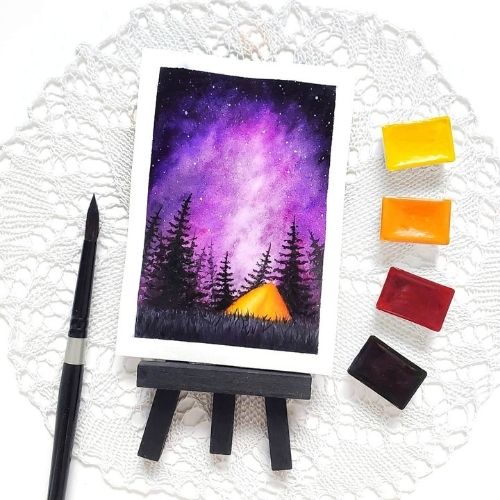
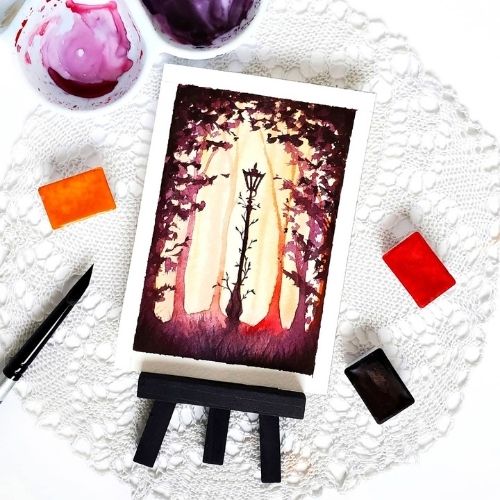
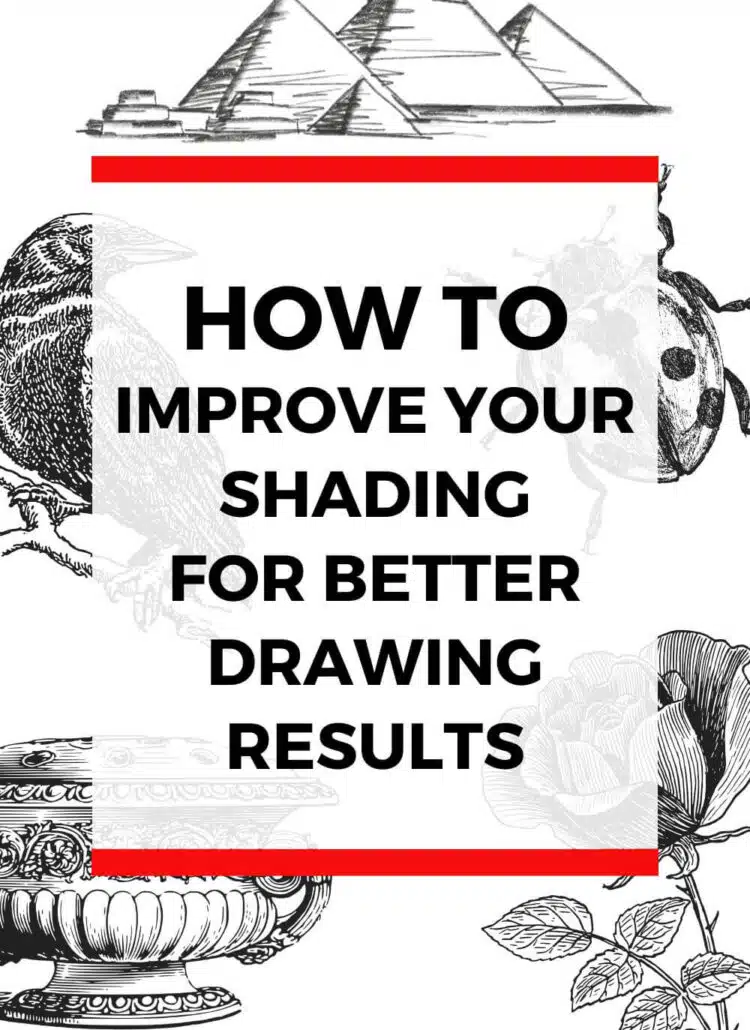
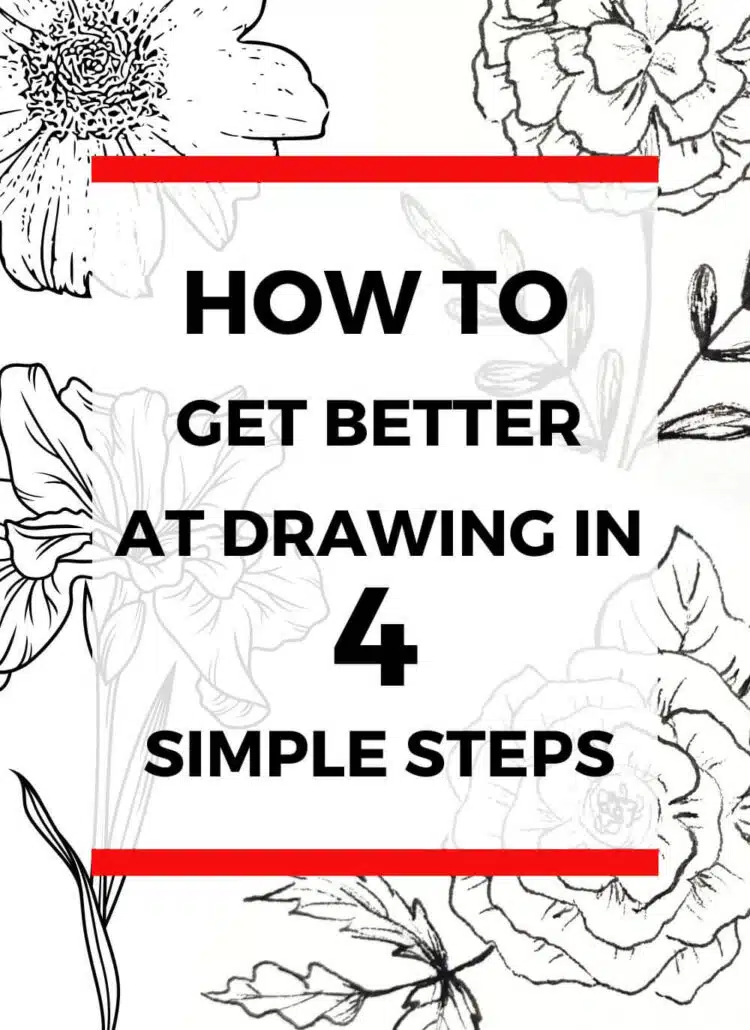
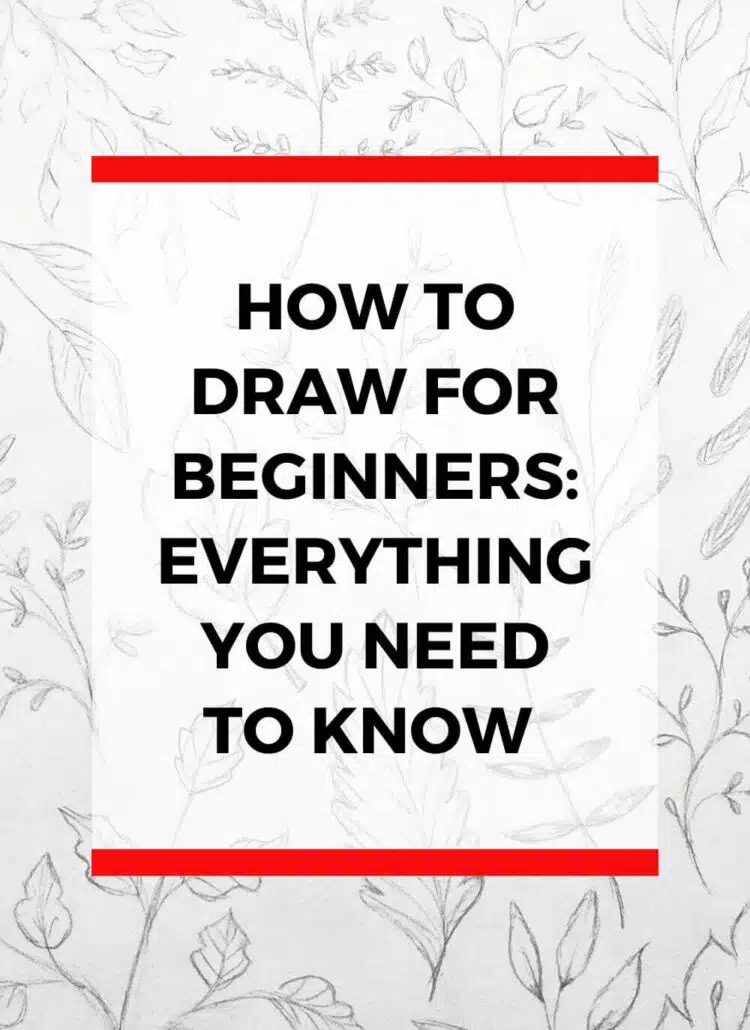
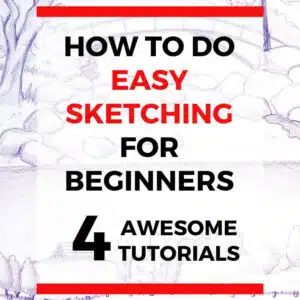
I had no idea you could combine the rwlB I am in love with your artwork!! That night scene under the stars with the tent is incredible!!
Thank you so much!
These tips are incredible and thorough. What I’m curious about: is the art that’s photographed a result of the methods you’re talking about? The sky in that trees/sunset painting looks amazing; the lantern in the woods feels whimsical and magical.
Yes, the paintings I’ve shared were made using watercolour and ink. There are many ways to approach a pen and ink watercolour illustration, so experiment to discover which method works best for you. Thanks for sharing!
This is so beautiful! I love art, but I’m not artist!! But I enjoy looking at it and learning. Very cool to combine the ink and watercolour!! Nice job!
Thank you for your kind words!
This is amazing! I love mixed media art, and your posts are always so descriptive when explaining how to accomplish it!
Thank you for the positive feedback!
The pictures look amazing! What a great ideas to mix media like this. Can’t wait to try it. Marnie xx
Thanks! Have fun creating watercolour and ink art. I’m sure you’ll enjoy it!
I love to combine watercolor with ink. It’s my favorite mixed media. Sometimes I would be too impatient and try to ink when the paint was still damp, and you’re right, it bleeds. So I’d have to start over. I may have to try inking first for something different. What a lovely post. ❤️
Thank you for sharing your experience with ink and watercolour. Being patient can be hard when using these “wet” art supplies, but the results are totally worth it!
This is great! I had no idea you could combine ink and watercolors! Thank you!
Thank you for the positive feedback!
Another great guide, this is something I’ve always wanted to try but never been sure of where to even start. Thank you, Miranda!
You’re welcome! I’m glad that you’re enjoying my art guides.
Ohh, This looks like a neat trick to combine them both.
Thank you for sharing!
I had no idea that you could combine ink with watercolors. Interesting read
It’s neat, right? That’s the beauty of mixed media art.
Excellent advice with clear explanations. I love the beautiful examples you gave as well, especially the one with the lantern in the woods.
Thank you so much! The watercolour forest with the lantern is one of my favourite original artworks.
This is so helpful. So many things to consider but then if you follow the guidance it should be quite easy to get a decent result. I may have to try this.
I’m glad you enjoyed this article!
I had no idea you can combine watercolor and ink. Thank you for the tips. Interesting read!
Mixed media art is fun to create. Give it a try sometime!
Wow! That’s amazing art! Willing to try this soon. Thanks for the advice!
You’re welcome! I’m glad I could help.
What an informative post and wonderful tips for artists. Combining watercolor and ink is interesting.
Thanks! I’m glad you found this article interesting.
I love drawing over my watercolors with sharpie! Love your brushes you use. Great tips!
I’ve never used Sharpie with watercolours, but it sounds like it would produce colourful and beautiful artwork. Thanks for the idea!
Woah, the example paintings throughout the article are so mesmerizing! I wasn’t aware of this technique, but I’m officially inspired
Thank you! I’m glad that this article has inspired you.
This is really a great article. And your paintings are amazing. May I ask what brand and type of ink do you use? I use Micron Fineliner Pens – Archival Black Ink Pens, which is waterproof. They also carry the brush ones for lettering. I haven’t tried any other ink in bottles. Any suggestion? Appreciate a response. Thank you.
Thank you for your kind comment!
To answer your question, I use the Copic multiliners in various sizes. The ink is permanent, archival, and waterproof. As well, I use the Speedball black ink which comes in a bottle. I like this ink because it dries very fast, it looks jet black, and the ink is lightfast, so it won’t fade when exposed to sunlight.
I know a lot of people like using the Sakura micron pens. I’ve used them in the past, and I think they’re decent. I haven’t tried too many pen and ink tools because once I’ve found my favourites, I tend to stick to them. I hope you find this information helpful!